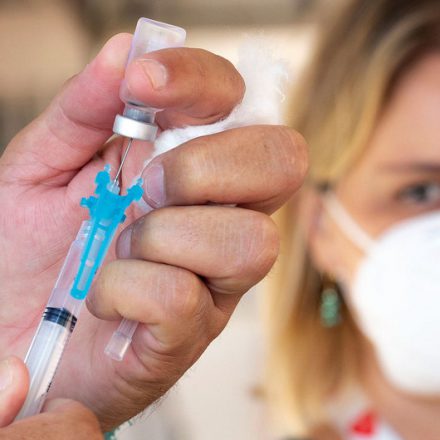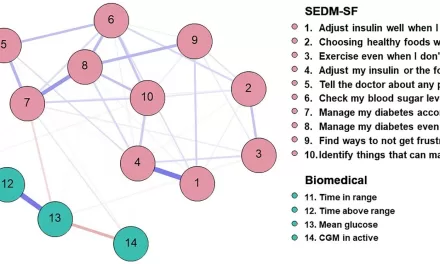Copenhagen, Denmark, September 3, 2024 — A recent study has highlighted the potential for a personalized approach in preventing childhood atopic dermatitis (AD) through prenatal fish oil supplementation, with the impact varying according to the mother’s cyclooxygenase-1 (COX1) genotype. This secondary analysis, published in JAMA Dermatology, underscores the importance of maternal genetics in determining the effectiveness of such interventions.
Study Overview and Methodology
Researchers conducted a secondary analysis of data from the COPSAC 2010 birth cohort, specifically focusing on a randomized clinical trial involving n-3 long-chain polyunsaturated fatty acids (LCPUFAs), commonly found in fish oil. The study was conducted between March 2009 and March 2014 and included 635 mother-child pairs enrolled between 22 and 26 weeks of gestation. Participants were randomly assigned to receive either n-3 LCPUFAs or a placebo (olive oil) until one week postpartum. The primary outcome measured was the onset of AD in the children up to the age of 10 years.
Key Findings
The analysis revealed that prenatal fish oil supplementation’s effectiveness in reducing AD risk was contingent on the mother’s COX1 genotype:
- TT Genotype: Children born to mothers with the COX1 TT genotype who received fish oil supplementation had a significantly reduced risk of developing AD (hazard ratio [HR], 0.70; 95% CI, 0.50-0.98; P = .04).
- CT Genotype: There was no significant association between fish oil supplementation and AD risk for children born to mothers with the COX1 CT genotype (HR, 1.29; 95% CI, 0.79-2.10; P = .30).
- CC Genotype: Alarmingly, fish oil supplementation was linked to an increased risk of AD in children born to mothers with the COX1 CC genotype (HR, 5.77; 95% CI, 1.63-20.47; P = .007).
Among children with available urinary eicosanoid data, prenatal fish oil supplementation was also associated with lower levels of thromboxane A2 eicosanoids in the urine at age 1 year, a marker linked to inflammation.
Implications for Practice
These findings suggest a move toward personalized prevention strategies, where n-3 LCPUFA supplementation could be tailored based on maternal genetic profiles, specifically targeting mothers with the COX1 TT genotype to reduce the risk of AD in their children. However, the authors urge caution, emphasizing the need for further studies to replicate these findings and validate the potential for such personalized interventions.
Study Limitations
The study’s limitations include the lack of a validation cohort, the small sample size of mothers with the CC genotype, and the absence of COX1 gene expression and enzyme protein data. Despite these limitations, the research offers a promising avenue for more targeted prevention strategies in childhood atopic dermatitis.
Funding and Disclosures
The study was supported by grants from the European Research Council. While four authors disclosed financial ties outside of the work, no other conflicts of interest were reported.
This groundbreaking research underscores the growing importance of genetics in personalized medicine and the potential to reduce the burden of childhood diseases like atopic dermatitis through tailored prenatal interventions.











